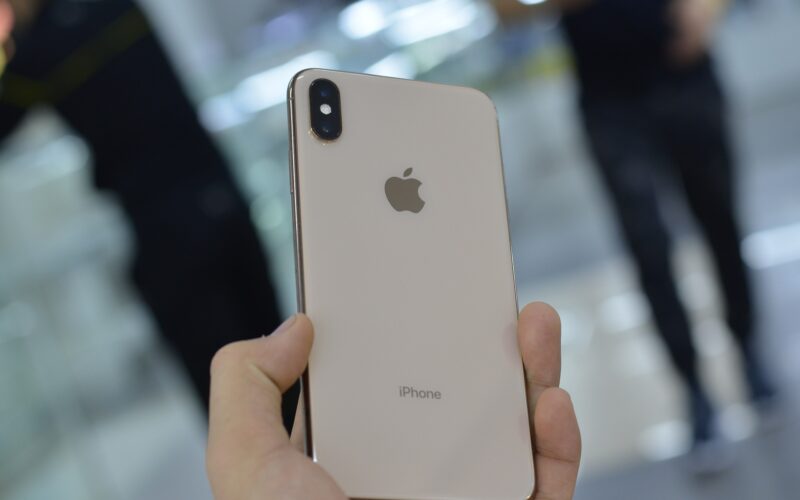12 Myths and Truths About iPhone That Generate Much Debate
Free yourself now from the many lies told about iPhones, learn the biggest myths and truths about the device

When it comes to the iPhone, many fallacies arise from people who have heard and passed on myths about the device. In this special article we will cover 12 myths and frequently passed truths about Apple cell phones. Each Question is accompanied by a confirmation of Truth or Myth, and an easy-to-understand explanation.
1. Closing apps on iPhone saves battery
Myth. Closing apps on iPhone doesn’t save battery, iOS is designed to manage background apps efficiently. If you close and reopen applications frequently it may even consume more energy, as the startup process may require more system resources than simply switching between applications since they are already open in the background. So it’s much more effective to trust the operating system to manage background apps and focus on optimizing other battery-saving settings, like reducing screen brightness or turning off location services when not in use.
2. There are no viruses for iPhone
Myth. And this is a big one. iOS, iPhone system is very safe compared to other operating systems due to security measures, and App Store is strictly controlled by Apple. Even so, it is still possible to find malware targeting iOS devices. Even those who have an iPhone should avoid installing applications from untrustworthy developer sources and keep their device updated with the latest security fixes.
3. Using Touch ID is not safe
Myth. Touch ID is Apple’s fingerprint recognition system. This feature is considered safe for most users. Touch ID uses advanced technology to securely capture and match a user’s fingerprint, storing it locally on the device’s security chip, called a Secure Enclave, rather than sending it to remote servers.
But like any biometric security system, Touch ID is not completely foolproof and can be fooled by sophisticated methods. For example, it would be possible to use a replica of the user’s fingerprint to unlock the device, although this is extremely unlikely in practice. Additionally, if authentication fails after multiple attempts, the device will require a passcode to access.
4. You can only use an original Apple charger on your iPhone
Myth. This is fake news usually spread by sellers who want to sell you the most expensive product. There are several manufacturers that produce high-quality and reliable chargers for iPhones. Ugreen, Anker, Belkin and Aukey Brands are known for manufacturing electronic accessories, including chargers, that meet Apple’s quality and safety standards, ensuring reliable and safe performance.
5. Leaving your iPhone charging all night ruins the battery
Myth. Leaving your iPhone to charge overnight is not harmful to the battery or the device itself. Modern iPhones are designed with a smart power management system that stops charging once the battery reaches 100%, protecting it from overcharging.
When the battery reaches maximum capacity, the iPhone stops active charging and switches to charge maintenance mode, keeping the battery at 100% without overcharging it. Therefore, leaving your iPhone connected to the charger overnight will not cause damage to the battery, and is a common and convenient practice for many users.
 6. Letting the battery run out before recharging harms the life of the betaria
6. Letting the battery run out before recharging harms the life of the betaria
Lithium-ion batteries, like those used in iPhones, have a limited number of charge and discharge cycles before their capacity begins to decline. Discharging the battery completely frequently can actually accelerate this degradation process.
Therefore, it is preferable to avoid completely discharging the battery whenever possible. Instead, it is recommended to keep the battery charge between 20% and 80% to extend its lifespan.
7. Turning off your iPhone is sometimes good for you
True. Turning off your iPhone periodically can provide benefits such as reducing power consumption, resolving temporary software issues, applying updates, and refreshing internal hardware.
8. iPhone battery doesn’t like extreme weather
True. Lithium-ion batteries, used in iPhones and most modern electronic devices, are sensitive to extreme weather. Prolonged exposure to very high or very low temperatures may adversely affect battery capacity and life. In extreme heat conditions, the battery may degrade more quickly, while extreme cold may temporarily reduce battery performance. Therefore, it is important to avoid leaving your iPhone exposed to extreme temperatures for long periods of time to preserve battery health.
9. You can’t use your iPhone while it’s charging
Myth. You can use your iPhone while it is charging without causing damage to the device. Apple designed its devices to allow normal use while charging. However, it is possible that the iPhone may heat up a little during use while it is connected to the charger, which is normal due to the battery charging and the simultaneous use of the device. If your iPhone heats up significantly or you notice any abnormal behavior, it may be indicative of a problem with the device or the charger, and you should unplug the charger and check the situation. Otherwise, using your iPhone while it’s charging is perfectly safe and common.
10. Is it possible to return your iPhone to a previous version of iOS
True. But you can only return to a previous version of iOS on an iPhone if it’s still available. Apple maintains a digital signature system for its versions of iOS, which means you can only install versions that are currently being signed by the company. If Apple is no longer subscribing to a specific version of iOS, you won’t be able to install it on your device.
11. Charging your iPhone connected to a laptop or computer is slower than using a wall adapter.
True. In general, charging your iPhone using a wall adapter tends to be faster than using a USB port on a laptop or computer. This is because computer USB ports generally provide less power than a standard wall adapter. However, charging speed may also depend on the specific laptop or computer model, as well as the wall adapter used.
12. You have to pay to do everything on the iPhone
Myth. Apple has many services and applications that are paid for in the App Store, but not everything on the iPhone is paid. Many essential features and apps are free or come pre-installed on your device. For example, native applications such as Messages, Safari, Calendar, Photos, among others, are included in the iOS system and do not require additional payment. Additionally, the App Store offers a wide range of free apps, from games to utilities and productivity tools. While some apps may have free versions with paid premium options, choosing to pay for additional services is completely optional for iPhone users.
